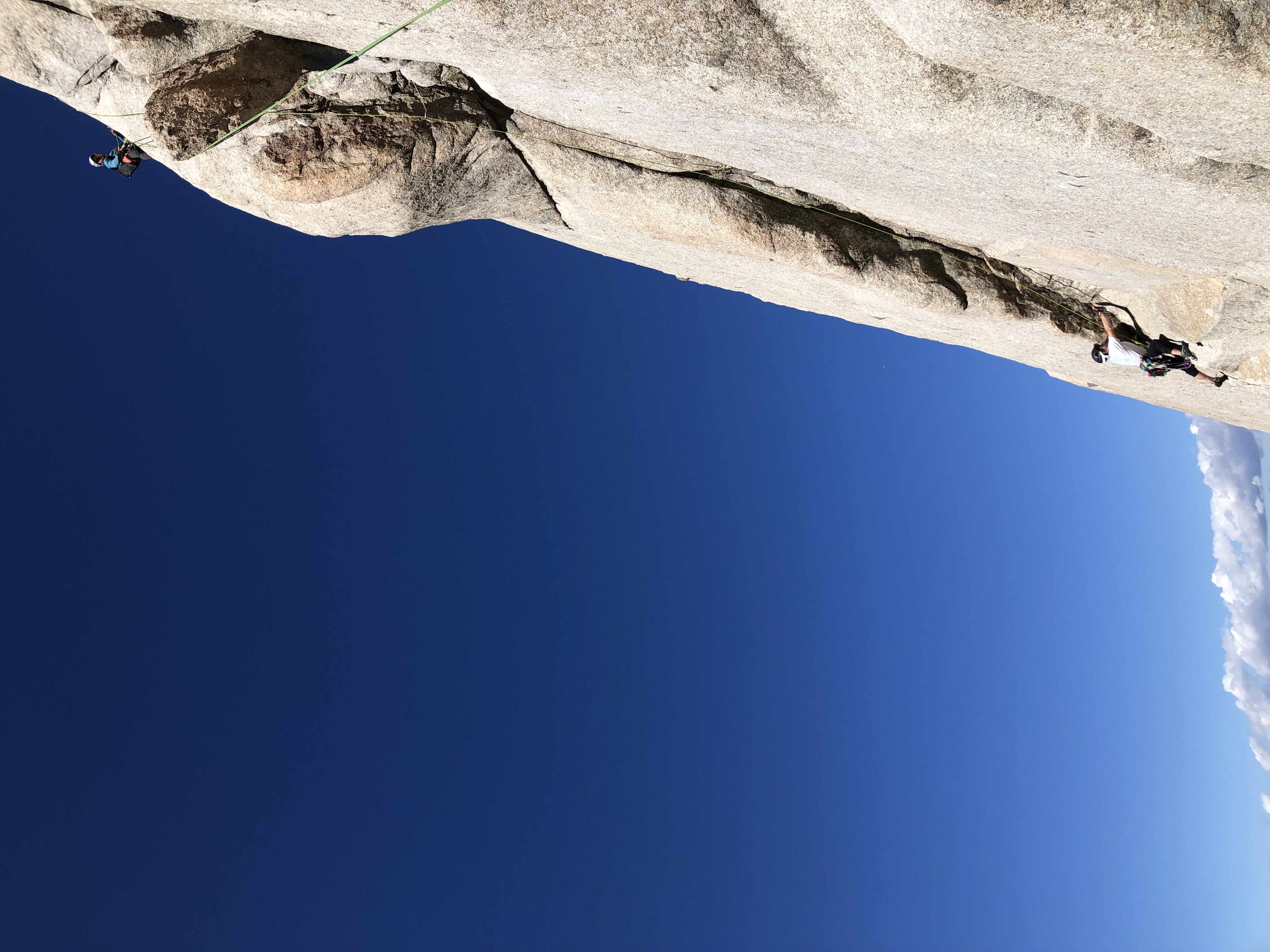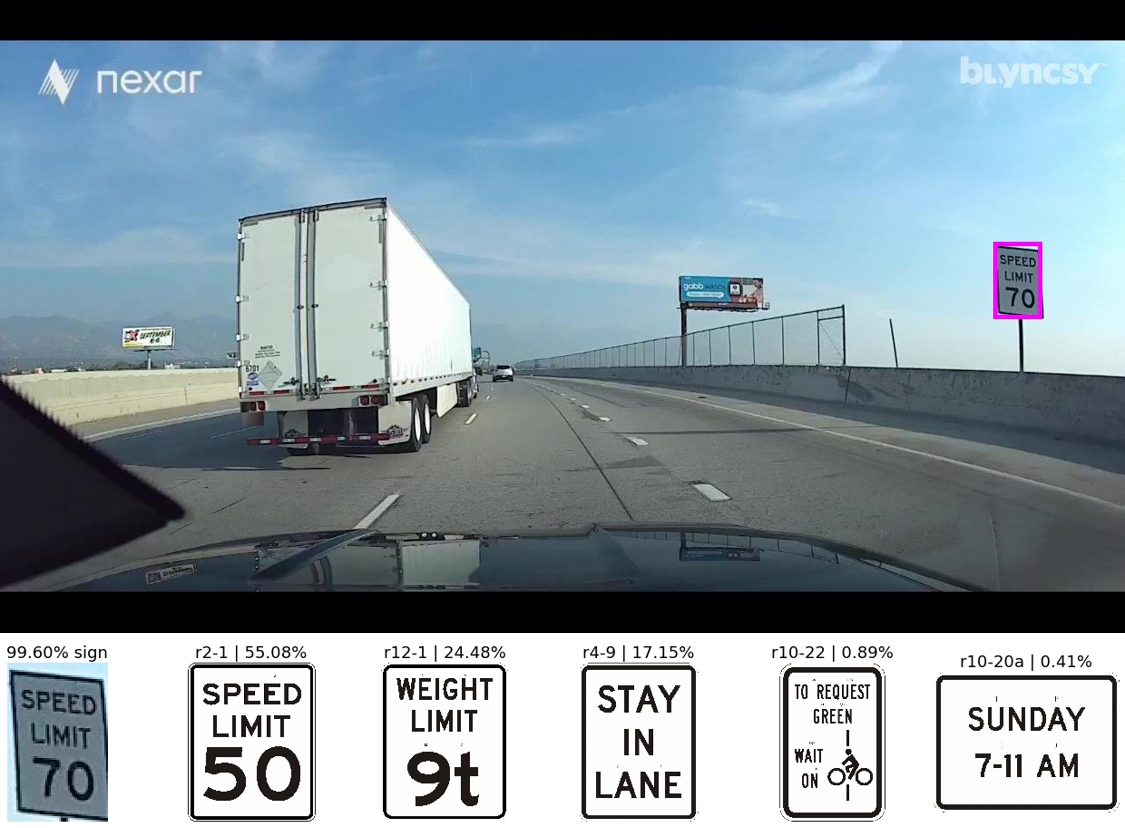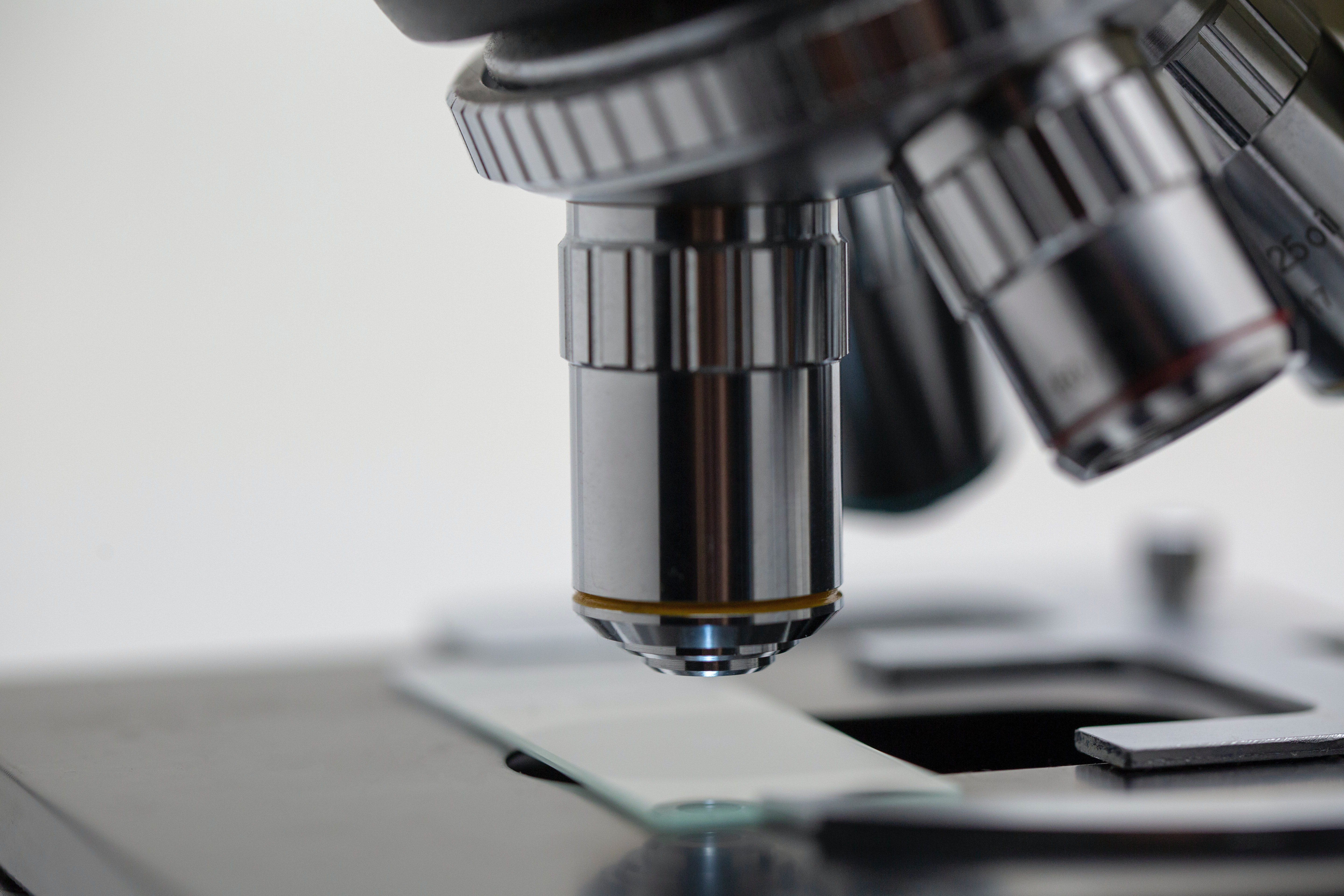About

My background in data science, machine learning, mechanical engineering, and biomedical engineering provides a
unique problem-solving skill set. I am particularly interested in computer vision and natural language processing
challenges.
I have developed my data science and machine learning skillset through academic research, graduate coursework, and professional work.
My PhD research focused on advancing 3D imaging and analysis techniques to evaluate bone quality.
This multi-disciplinary research involved skills in computer science, mechanical engineering, and biomedical engineering.
Deep learning proved invaluable in performing this research for denoising and segmenting scientific images.
My studies provided insight into how conditions like cancer and diabetes impact bone, bone's response to metabolic stress, and bone fracture.
While pursuing my PhD in Mechanical Engineering, I took every opportunity to develop an understanding of data science and machine learning.
As a result, I earned the Deep Learning and Artificial Intelligence certificate from the University of Utah.
The capstone project for this certificate involved implementing a computer vision solution to detect and classify roadway signs from dashcam images for Blyncsy Inc.
My coursework included Machine Learning, Deep Learning, Artificial Intelligence, Data Science for Biomedical Engineers, and Image processing.
Also, while working toward my PhD, I was an AI intern at Gabb.
In this role, I worked on a cross-functional team to support content moderation using machine learning.
Hobbies
I am native to Salt Lake City, Utah. I enjoy spending time in the nearby canyons doing activities such as biking, climbing, skiing, and hiking.

Projects
Roadway Sign Detection and Classification

This was a capstone project for the
Deep Learning Certificate at the University of Utah. In this project, a team of three graduate students partnered with Blyncsy Inc. to solve a problem relevant to the company.
Our team developed an approach to detect and classify roadway signs in dashcam images. Our solution consisted of two stages, detection using Faster R-CNN and
classification using EfficientNet..
A key challenge in this problem was obtaining representative data for over 600 classes of roadway signs. To overcome this obstacle,
we generated synthetic data using standard example images of roadway signs from the MUTCD.
This approach achieved modest results with relatively little development time.
This project was selected for a podium presentation at the IEEE MFI conference
Deep Learning For Image Denoising & Segmentation

Deep learning has proven to be an incredibly useful tool in image processing. This project used a convolutional neural network to perform both denoising (regression) and segmentation tasks on micro CT data.
We used the U-net architechture presented by Ronneberger to process the images. I developed a custom
implementation of the U-net in Pytorch to perform the denoising and segmentation tasks.
The code for the U-net can be viewed here.
Light-Weight Machine Learning Library

While enrolled in the Machine Learning course (CS 6350)
at the University of Utah, I developed a lightweight machine learning library. The library is written in Python and includes implementations of the following algorithms:
- Decision Tree
- Adaboost
- Bagging
- Random Forest
- Linear Regression
- Perceptron
- Support Vector Machine
- Logistic Regression
- Neural Network
Developing this library provided a valuable experience to gain better understanding of how these algorithms learn to perform classification and regression tasks.
The code for this lightweight library can be viewed here.
SPIE: Incorporating machine learning with Raman spectroscopy to differentiate bone types

I had the opportunity to present experimental work at the SPIE conference in 2020 about using Raman spectroscopy and machine learning (ML)
to differentiate bone types. This project used Raman spectra of similar tissues as input to ML algorithms to learn their classification.
The samples included rat long bone, rabbit long bone, and rabbit crania.
I tested the effect of different data processing and techniques before classification. These approaches included using intensities at all
wavenumbers, dimension reduction through principal component analysis (PCA), and feature extraction using domain knowledge.
I tested the performance of a variety of ML classification algorithms on the bone samples.
This project's most successful classification approach included extracting features according to domain knowledge and performing the classification with support vector machine.
This analysis was performed using R.
The abstract for this project can be found here.





